DIY Faux Cement Tile Backsplash (with DIY Stamps)

by
Tatiana (amigas4all.com)
(IC: blogger)
7 Materials
$30.00
3 Days
Easy
Create your own backsplash by stamping designs onto your current "ugly" or "dated" backsplash. This even works in rentals since you can wipe it all off with warm water and a scrub sponge.
Yet it is durable enough to withstand the normal wear and tear of daily use. Surprisingly, grease won't stick to it so it's very easy to clean. Use only mild soap and water to clean (no harsh scrubbing).
Yet it is durable enough to withstand the normal wear and tear of daily use. Surprisingly, grease won't stick to it so it's very easy to clean. Use only mild soap and water to clean (no harsh scrubbing).
I always dreamed of having a cement tile backsplash for my farmhouse kitchen but, since I could not afford "real" cement tile I had to create mine.
For my stamps, I chose this design from the "interwebs". It was simple and modern and it looked like an easy design to make a stamp from.
Here are the stamps I created for the design above. Basically, you need a base, craft foam (EVA) and tacky glue. Click here for my stamp tutorial.
Now, notice the imperfections? Don't worry!
See the pattern? I love this design because it looks modern and farm-housey at the same time.
Enjoyed the project?
Suggested materials:
- White Subway Tiles (Home Improvement store)
- Black and Gray color Chalk paint (DIY Chalk paint recipe using latex and baking soda)
- EVA/craft foam for the stamp (Craft store)
- Tacky glue (Craft Store)
- Tile Primer (Home Improvement Store)
- Polyurethane Sealer (Home Improvement Store)
- Foam Paint Rollers (Home Improvement Store)

Want more details about this and other DIY projects? Check out my blog post!
Published February 2nd, 2017 4:17 PM
Comments
Join the conversation
6 comments
-
I've been wanting to do a faux cement project too; this provides some good inspiration!
 Birdz of a Feather
on Feb 03, 2017
Birdz of a Feather
on Feb 03, 2017
- See 2 previous
-
Thank you! I would love to see the final result. Did you get my website for the designs I have? If you sign up for my email updates you can get some design ideas you can use to create stamps. It's free!
 Tatiana (amigas4all.com)
on Feb 03, 2017
Tatiana (amigas4all.com)
on Feb 03, 2017
-
I did - I'll have to go back when I have more time to sign up :)
 Birdz of a Feather
on Feb 03, 2017
Birdz of a Feather
on Feb 03, 2017
-
Sounds like a plan!
 Tatiana (amigas4all.com)
on Feb 03, 2017
Tatiana (amigas4all.com)
on Feb 03, 2017
-
-
-
Thank you, Brenda! Glad you like it!
 Tatiana (amigas4all.com)
on Feb 03, 2017
Tatiana (amigas4all.com)
on Feb 03, 2017
-
-



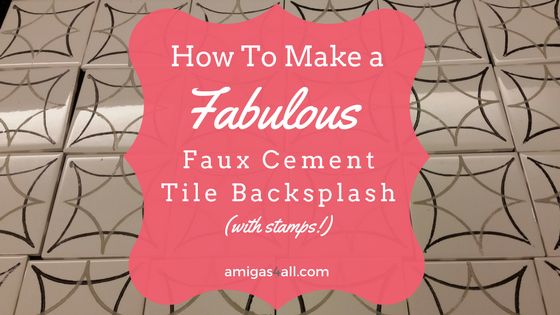





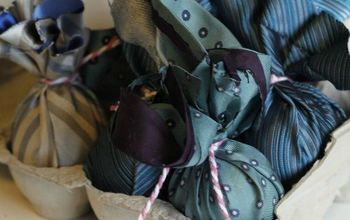






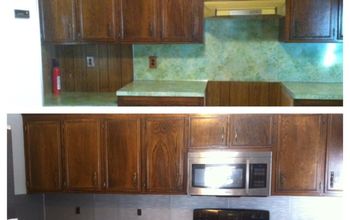
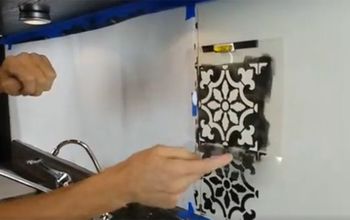
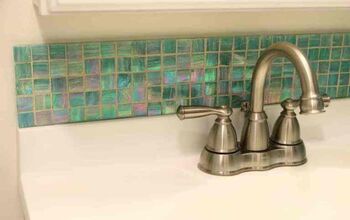
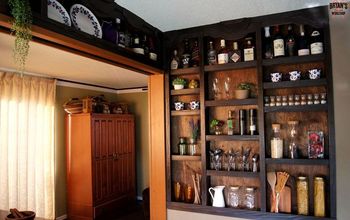


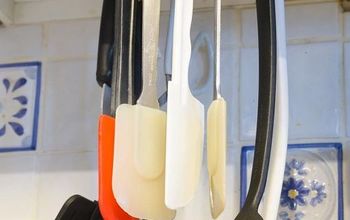






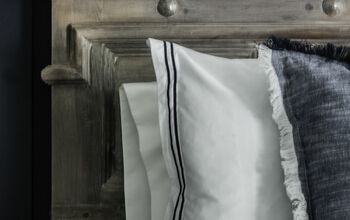

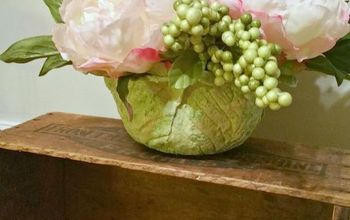
Frequently asked questions
Have a question about this project?